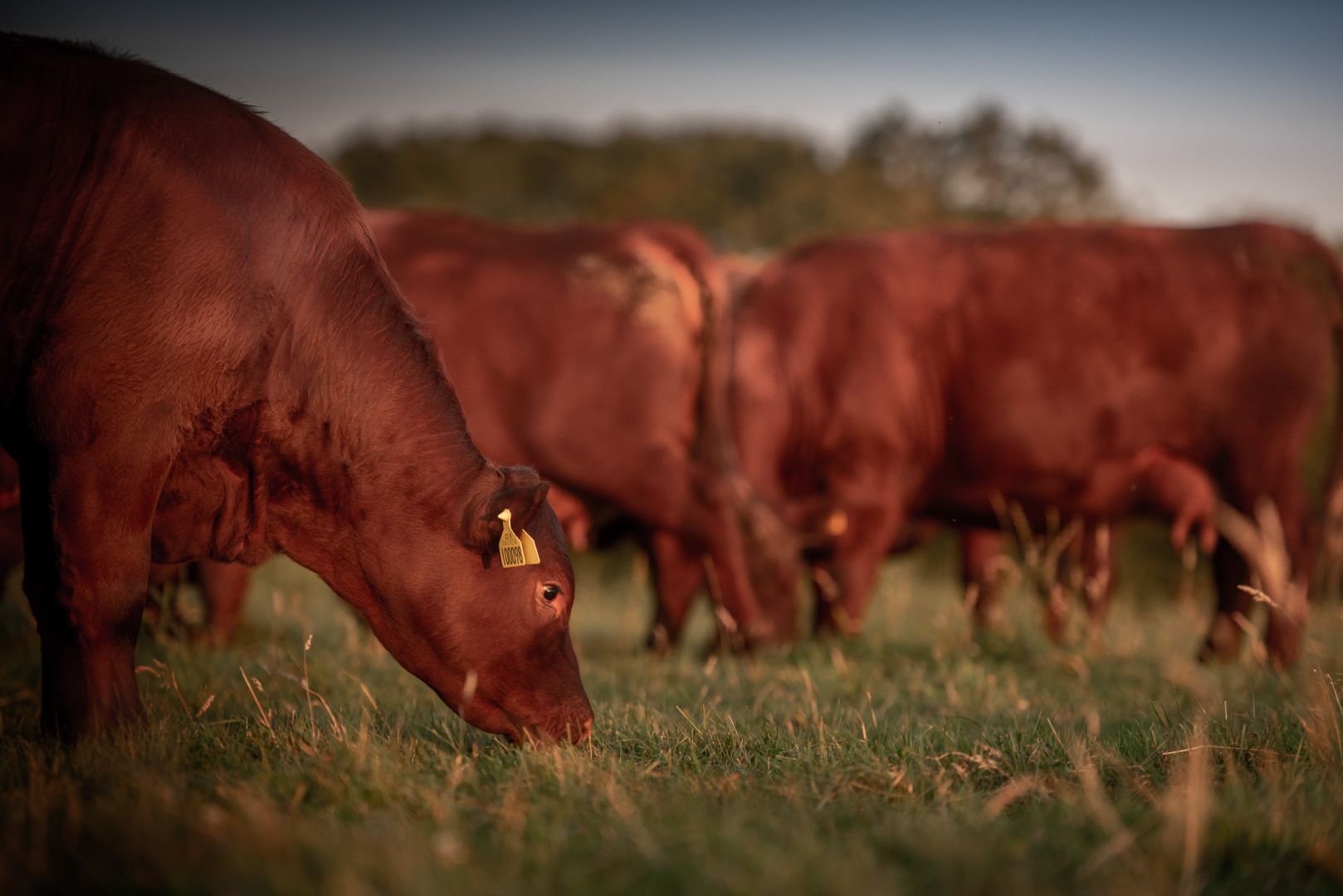
Regenerative Agriculture has become a real buzzword within the farming industry. But what does it actually mean and how do you begin to apply these practices on your own farm?
Regenerative Agriculture is a system of farming principles and practices that increases biodiversity, enriches soils, improves watersheds, and enhances ecosystem services.
Regenerative Agriculture aims to capture carbon within soil and above ground biomass, reversing current global trends of atmospheric accumulation.
At the same time, it offers increased yields and resilience to climate instability.
With growing pressures from consumers for the Agricultural sector to focus more on environmentally friendly farming, regenerative practices not only preserve our environment, but actually improve it too. However, it is still a common misconception that regenerative farming means sacrificing productivity and profitability. We only have to look at the yield plateau across the majority of UK crops to realise that we are in a position where change in necessary. The 2019/2020 winter proved how much we need our soils to have good water holding capacity, high levels of organic matter and effective soil structure to avoid poaching. Regenerative practices, in particular no tillage systems and rotational grazing practices can achieve this.
Partnerships between arable and livestock farmers can mean profitable agreements for both parties, with arable farmers increasing organic matter and soil structure from grazed cover crops, and livestock farmers gaining financial opportunities for tack grazing.
Many farmers practicing regenerative agriculture have reported lower levels of resistant weeds such a Blackgrass, a weed which thrives in poor soil conditions.
It is also a way of increasing outputs from grass leys, leading to quicker and more efficient finishing periods.
Many still struggle to see how agroforestry practices could work well within their farming system. However, as we loose farm subsidies and they are replaced with the ELMS scheme, trees and carbon sequestration are likely to become key focus areas. Farmers may find themselves in a position where tree's not only provide them with an opportunity for carbon farming, but also improve the environment surrounding them.
Want to find out more? Take a look at this short video....




